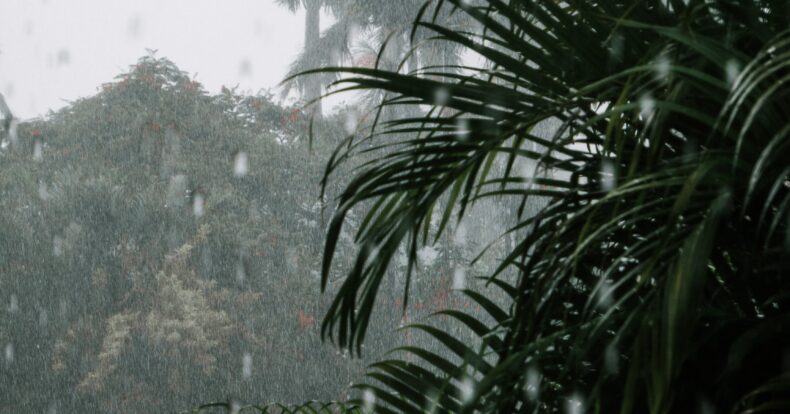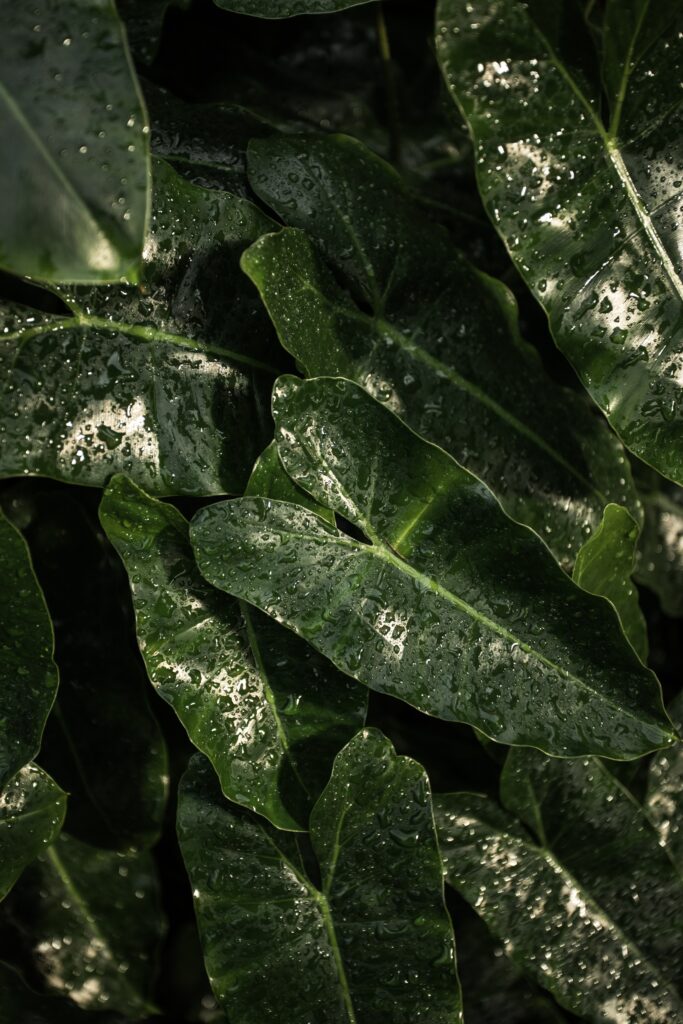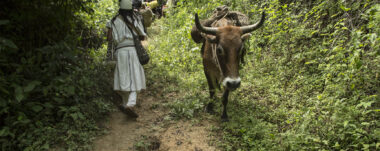The rainy season in Costa Rica: Rain yes, but it’s Enjoyable

In Costa Rica there are two seasons: the dry season that goes from December to April (the Ticos call it “summer” although in the northern hemisphere summer corresponds to the months of June, July and August) and the rainy season that goes from May to November (the Ticos call it “winter” although winter in the northern hemisphere corresponds to the months of December, January and February). Clearly, whoever says “tropic” says “rain” and “humidity”. However, during the rainy season you can also enjoy the country.
In Costa Rica the temperature is always pleasant (between 18 and 35 degrees Celsius, except in high altitude areas where temperatures can drop considerably). What really varies is the amount of rainfall and it is precisely the rains that will modify the routine of the Ticos during the year.
Rainfall during the rainy season in Costa Rica
Caribbean Coast
The climate is very rainy, with more than 3,000 millimeters per year: there are two rain peaks (July and December with approximately 400 millimeters) and two relative minimums: September-October and February-March, with approximately 150/200 millimeters per month. In this area, December, January and February are the rainiest months, contrary to the rest of the country. In the mountains of Braulio Carrillo National Park, rainfall reaches 5,000 millimeters (5 meters) per year.
Guanacaste and Puntarenas
The central-northern part is particularly hot from February to April, it is also the least rainy part of the country, with rainfall varying between 1,300 and 1,600 millimeters per year, and is dominated by savannah.
Central Pacific
In Quepos, for example, 3,500 mm of rainfall per year. Rainfall is very abundant from May to November, but in December it still amounts to 160 mm.
Southern Costa Rica
Further south, on the Osa Peninsula and in the Golfo Dulce it rains even more: in Golfito 4,100 mm of rainfall per year, and there is no real dry season, although between January and March about 100 mm fall per month. In Corcovado National Park grows a very humid tropical forest.
San José
San José receives little rain from December to April, and almost no rain from January to March. The rainy season extends from May to November, and the rainiest months are September and October, with approximately 300 millimeters per month.
Hurricanes
Costa Rica is almost always safe from hurricanes in the Caribbean Sea, which move at a slightly higher latitude: sometimes they can affect neighboring Nicaragua, so the riskiest areas are those to the north, which may be indirectly interested. The hurricane period extends from June to November (although they are more likely to occur in October and November), during the rainy season. Also to be considered is the presence of tropical depressions and storms that may form in the Pacific: they are generally not intense because they affect the country in the early stages of their formation, and then move to the northwest, remaining over the ocean, but may anyway bring abundant rains, which may cause landslides.

Advantages of the rainy season in Costa Rica
The best time to visit Costa Rica is from December to mid-April. However, during the rainy season you can also enjoy the country. Indeed, during the “winter” the mornings are sunny and the torrential rains come after midday or so. That is, it is best to get up early (the sun rises at 5:30 am). It is precisely in the morning hours that you can see more animals in the jungle. In other words, you can take advantage of the mornings to go out and take a walk and in the afternoons to do indoor activities like visiting museums, staying at home or at the hotel (nothing more pleasant than a good nap with the sound of the downpour). The ideal is to have a vehicle to be able to move from one place to another when it is raining. In the evenings the rain stops and you can go out to dinner without any problem.
In addition, there are many activities that are best done during the rainy season: sea turtles come to nest on the Pacific and Caribbean coasts. This is precisely the time to see them!
For adrenaline lovers, it is the best time to practice rafting because the rivers are full.
Finally, the good news is that even during the rainy season you can enjoy the “summer”: during the month of July there is what the Ticos call “veranillo de San Juan”: two weeks of sunshine in the middle of “winter”. Also, the month of October – month of hurricanes and torrential rains – curiously corresponds to summer on the Caribbean coast and you can enjoy the beach and the Caribbean way of life.
The last great advantage of the rainy season in Costa Rica is that you can find better prices on vacation packages, hotels, tours and transportation.
Author: M.Barrantes for Sensorial Sunsets
References
https://www.imn.ac.cr/web/imn/inicio
Navigate articles





